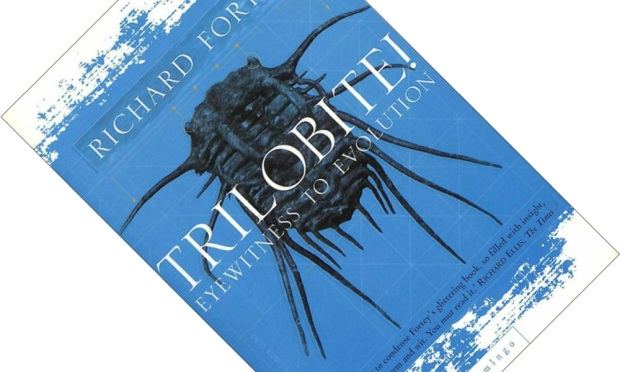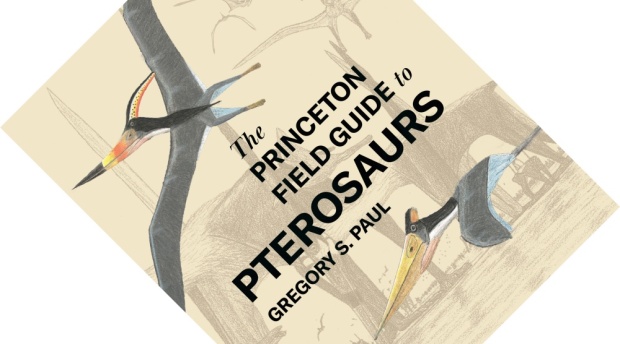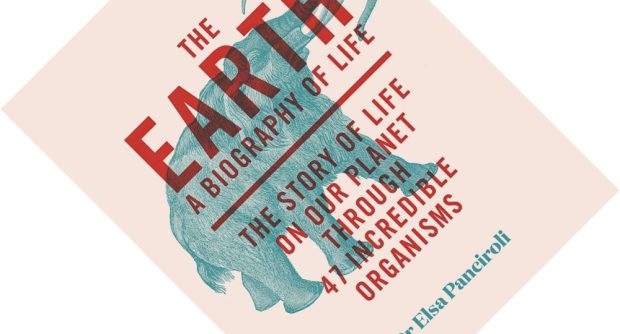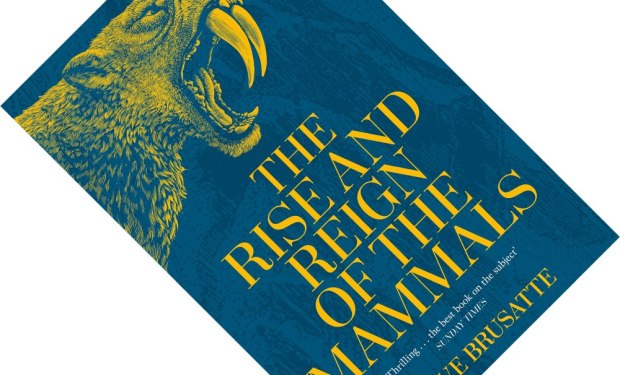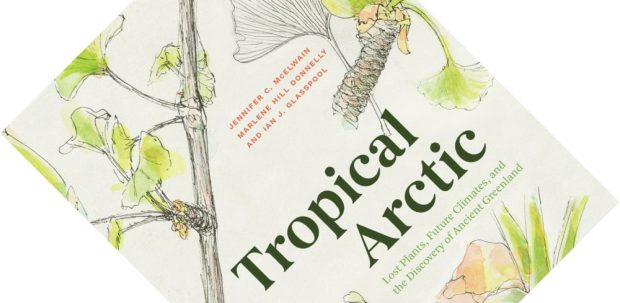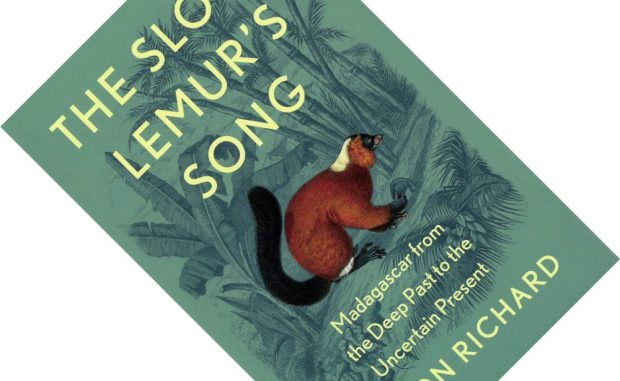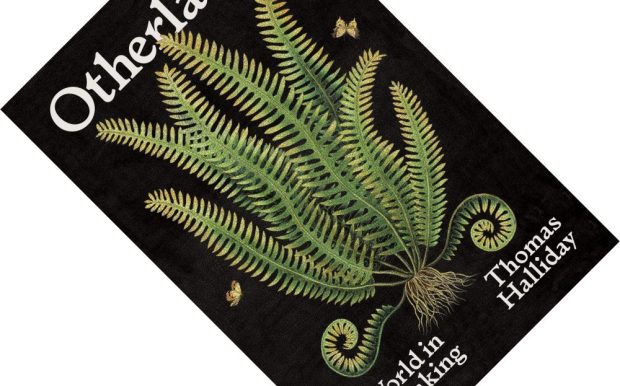7-minute read
keywords: fossils, paleontology, trilobites
In preparation for Andy Secher’s new book Travels with Trilobites I decided to first reach back in time to read Richard Fortey’s 1999 book Trilobite! as a warm-up exercise. Why? For no other reason than that Fortey’s autobiography A Curious Boy impressed me so much that I bought several of his earlier books and I need an excuse to read them. This, then, is the first of a two-part dive into the world of that most enigmatic extinct creature: the trilobite.

